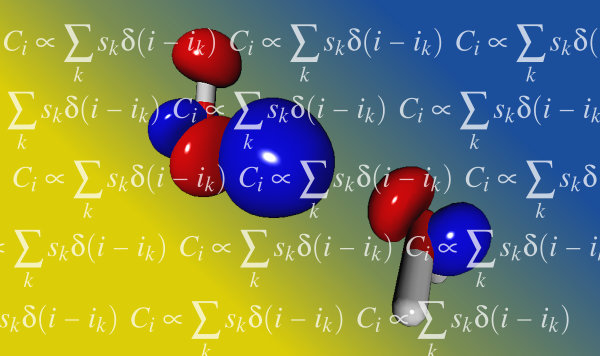
Electronic Structure Theory
The ELECTRONIC STRUCTURE THEORY department is interested in the development of ab initio methods for treating correlated electronic systems, using quantum chemistry and quantum Monte Carlo methods. These include full configuration interaction quantum Monte Carlo (FCIQMC), density matrix renormalization group methods, and many-body perturbation theories. Such methodologies are needed to accurately solve physical systems in which the ground (and excited state) electronic wavefunctions are strongly multiconfigurational (i.e. cannot be well-represented by a mean-field type wavefunction), and for which a high degree of basis-set flexibility is also necessary. Recent methodological progress has been the implementation of a spin-adapted FCIQMC algorithm based on the graphical unitary group formalism, which allows the efficient simulation of low-spin open-shell systems. Examples of such systems currently under investigation in our group are polynuclear transition metal clusters, such as [FeS] and [MnO] clusters of relevance to biological systems, and in the solid-state, cuprates and nickelates. We are also pursuing Transcorrelated methods, in which the electronic wavefunction is factorised using real-space Jastrow factors, which give rise to effective non-hermitian (similarity-transformed) hamiltonians. We have shown the such hamiltonians can be treated with the similarity-transformed FCIQMC technique. Transcorrelated wavefunctions can describe dynamical correlations and cusp conditions via explicit 2-body electron-electron and 3-body electron-electron-nuclear terms in the Jastrow factor, whilst static correlation is efficiently described by the multi-configurationality of the FCIQMC dynamics. It is our aim to extend the transcorrelated similarity-transformed FCIQMC method towards strongly correlated systems, including the 3d transition metal systems allused to above, allowing for an accurate and efficient description of both the strong dynamical and static correlations typically present in these systems.